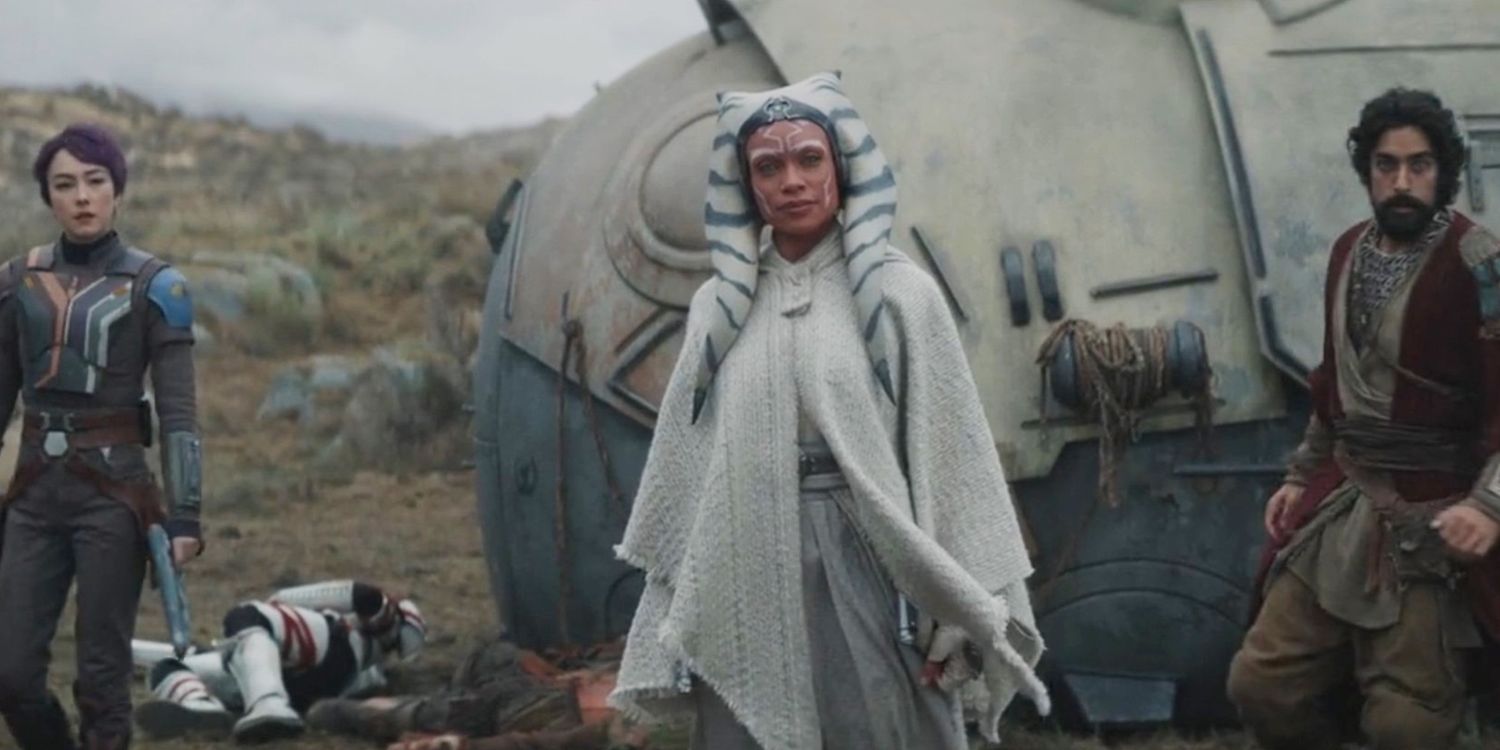Ahsoka Tano, the fearless and complex protagonist of the “Ahsoka” series streaming on Disney+, continues to keep audiences on the edge of their seats as the series progresses, particularly in the memorable episode 7. It sees Ahsoka’s intriguing combat decisions when she faces off against her foes, displaying a blend of tact, strength, and perhaps a hint of compassion.
Ahsoka’s Surprising Decisions in Combat
Episode 7 brought to light an interesting scenario where Ahsoka Tano faced Shin Hati, but, in a move that left viewers puzzled, didn’t ignite her lightsabers. This was not the first time Ahsoka made such unusual choices during combat. Recall the duel with Baylan Skoll in episode 4, where she opted to use only one of her lightsabers, despite possessing two. While Ahsoka’s decision to use one lightsaber against Baylan could be attributed to his overpowering style, the choice not to use her weapon at all against Shin was a significant perplexity, making fans ponder over Ahsoka’s strategic or perhaps moral choices during battles.

A Clash of Training and Experience
Ahsoka’s vast combat experience from the Clone Wars and the Rebellion, coupled with her extensive lightsaber training, played a crucial role in overcoming Shin, who is only equipped with Dark Jedi Padawan training. Despite Shin’s seemingly relentless spirit to continue the battle, the arrival of Ezra Bridger and Sabine Wren made her reassess her strategy, perhaps perceiving the formidable prowess Ahsoka wields and realizing the numerical disadvantage with her support gone.
Strength Beyond Weapons: Ahsoka’s Confidence in her Abilities

Ahsoka’s refusal to draw her lightsaber against Shin was less about the enemy she faced and more about her own strength and capabilities. She has demonstrated her ability to defeat armed adversaries while unarmed in the past, showcasing that her experience and mastery over the Force are often all she needs. Shin’s inexperience and youth are glaring when pitted against a seasoned veteran like Ahsoka, who uses simple blocks and Force pushes to maintain control over her adversary. Ahsoka’s reliance on the Force as her ally reflects her confidence in her inherent abilities to subdue opponents like Shin without resorting to lethal means.
Compassion amidst Combat: Ahsoka’s Desire to Guide Shin
Ahsoka’s intent was not necessarily to defeat Shin, as revealed towards the end of their skirmish. She extended an offer to Shin to join them, a genuine desire to guide her on the right path. Ahsoka’s proposition comes with the precondition of surrendering her lightsaber, reflecting her pursuit of non-violent resolutions. The abandonment by her Master, Baylan Skoll, leaves Shin isolated, seemingly making Ahsoka’s offer of redemption more appealing. Yet, despite the sincerity in Ahsoka’s offer, Shin decides to flee, possibly acknowledging her inability to defeat an unarmed Ahsoka and foreseeing her doom if she continues the battle.
Where Paths Lead: Anticipation for Ahsoka’s and Shin’s Destinies

With Baylan off the grid and Shin failing to fulfill Thrawn’s wishes, viewers are left to wonder about the destinies of these characters in the finale. Shin’s isolation and failures set the stage for a potential redemption arc, adding another layer to the anticipation of how the series will unfold. The choices made by the characters in this episode are not just strategic but are also deeply reflective of their moral compasses and the possible futures that lie ahead for them.
Conclusion: A Tale of Tactics, Morals, and Redemption
“Ahsoka” continues to weave intricate narratives, balancing action, strategy, and moral dilemmas, keeping fans riveted every Tuesday at 6pm PT / 9pm ET on Disney+. Ahsoka’s decisions in episode 7 spark questions about the moral and strategic aspects of combat in the Star Wars universe, exploring themes of non-violence, redemption, and the strength inherent in the characters. Whether Shin finds redemption and how Ahsoka’s tactical and moral choices will impact the galaxy far, far away, remains a thrilling anticipation as the series moves towards its conclusion.









